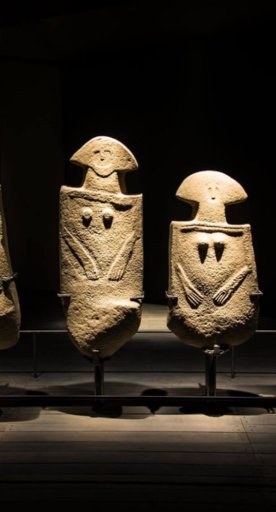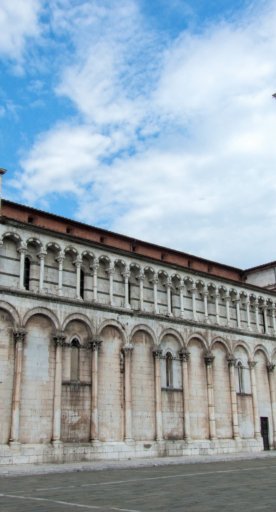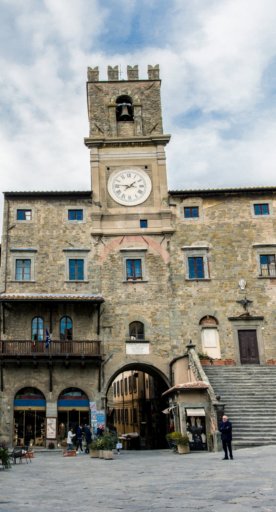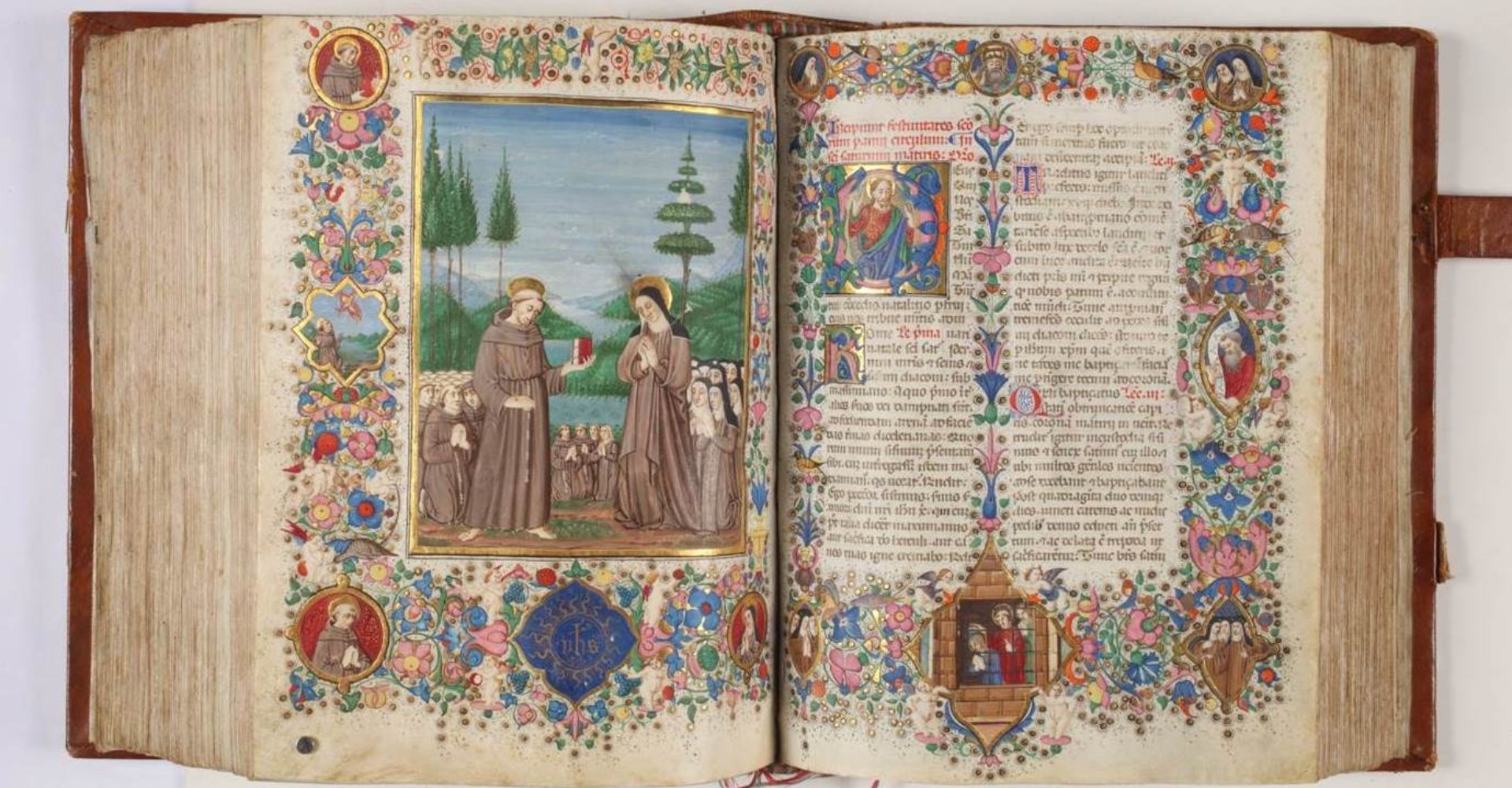

10 libraries to visit in Florence
A journey through Florence's precious libraries to discover rare collections and historical testimonies
Sacred places of culture, but also harmonious spaces where you can take a break: libraries remain one of the most fascinating places to learn about the cultural heritage of the city that hosts them. Whether historic or modern, each can open up wonderful worlds - all you need to do is remain silent, search carefully, and read quietly.
Here is a selection of the most important libraries in Florence.
-
1.Biblioteca Nazionale Centrale
-
2.Biblioteca degli Uffizi
-
3.Biblioteca Marucelliana
-
4.Biblioteca Riccardiana
-
5.Biblioteca della Crusca
-
6.Biblioteca Medicea Laurenziana
-
7.Biblioteca Vieusseux
-
8.Biblioteca di San Marco
-
9.Biblioteca Osservatorio Astrofisico in Arcetri
-
10.Palagio di Parte Guelfa
Biblioteca Nazionale Centrale
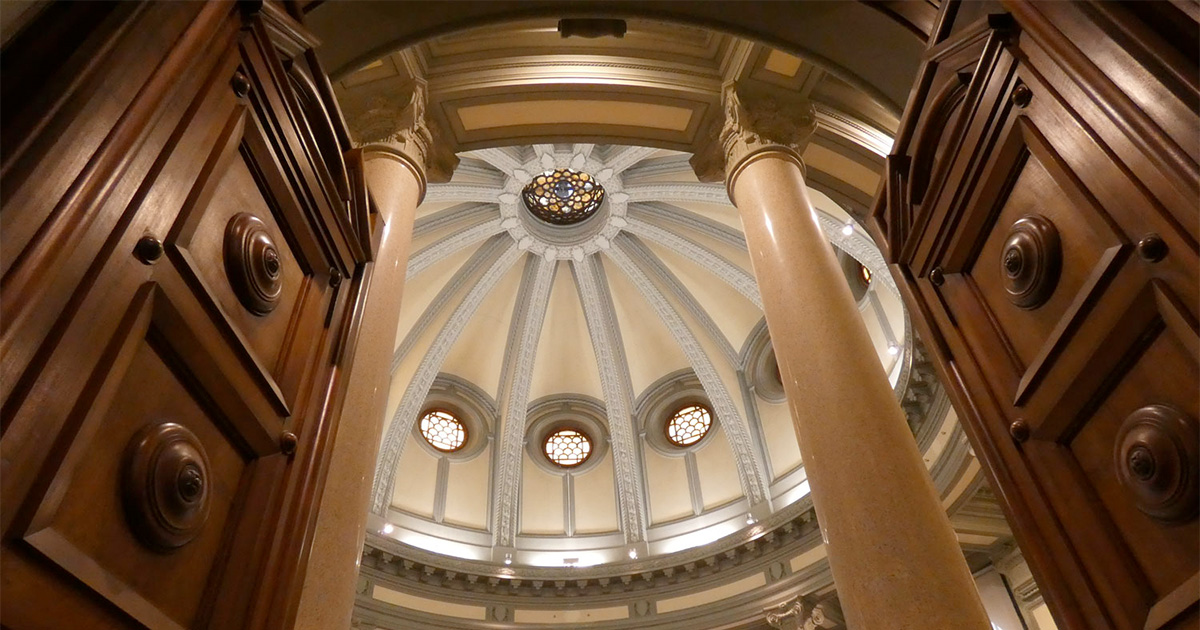
The National Library is a public library that collects, preserves and documents the historical memory of Italy: since its inception it has aimed to foster, through knowledge, the progress of the community.
The origins of the current library date as far back as 26 May 1714 when the librarian of the house of Medici, Antonio Magliabechi declared, on his deathbed, his intention to leave his exceptional book collection of some 30.000 volumes to the poor of Florence, in order to form “una publica Libreria a benefizio universale della città” (a public Library for the universal benefit of the city).
Opened to the public in 1747 as the Biblioteca Magliabechiana (Magliabechiana Library), it is still the largest library in Italy, with more than six million volumes.
In 1885 the Magliabechiana took the title of Biblioteca Nazionale Centrale; from 1935 it was moved to its new home - the current one in Piazza Cavalleggeri - a few steps from Santa Croce.
For access to the Library please check the official website.
Biblioteca degli Uffizi
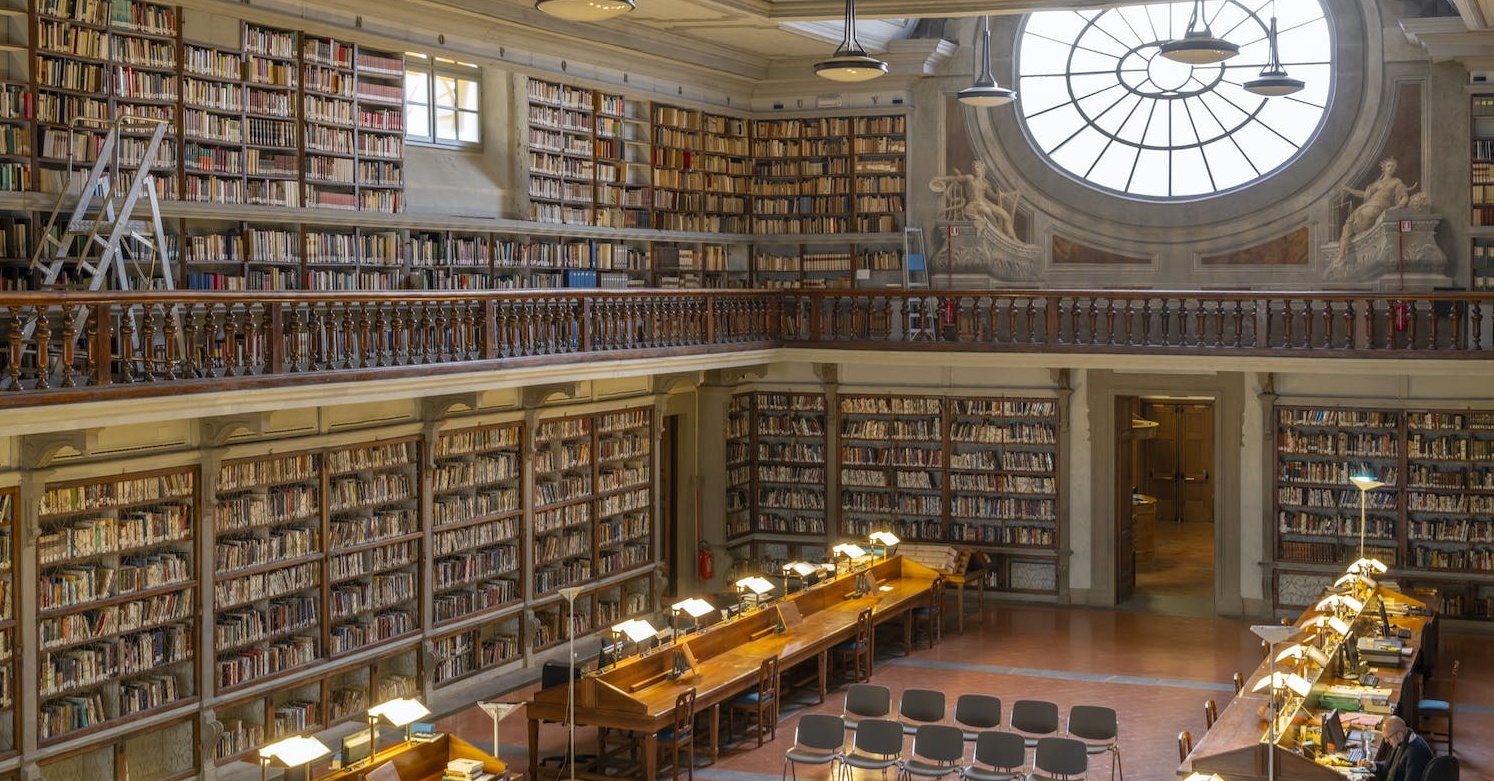
Located under the Galleria degli Uffizi’s (Uffizi Gallery) famous loggia, it is located in the eighteenth-century Magliabechiano Hall, on the very site where the Central Library originally stood.
Today it is an invaluable source for the history of the Uffizi Gallery and Florentine museums: it holds the Inventari della Tribuna (an archive of manuscripts) from 1589 until 1890, the correspondence of artists, Directors, and Antiquarians, historical guides, biographies of artists, catalogs of exhibitions and museums from around the world, and important documents that reconstruct the history and provenance of the museum collections' holdings.
For access and opening hours, please check the official website.
Biblioteca Marucelliana
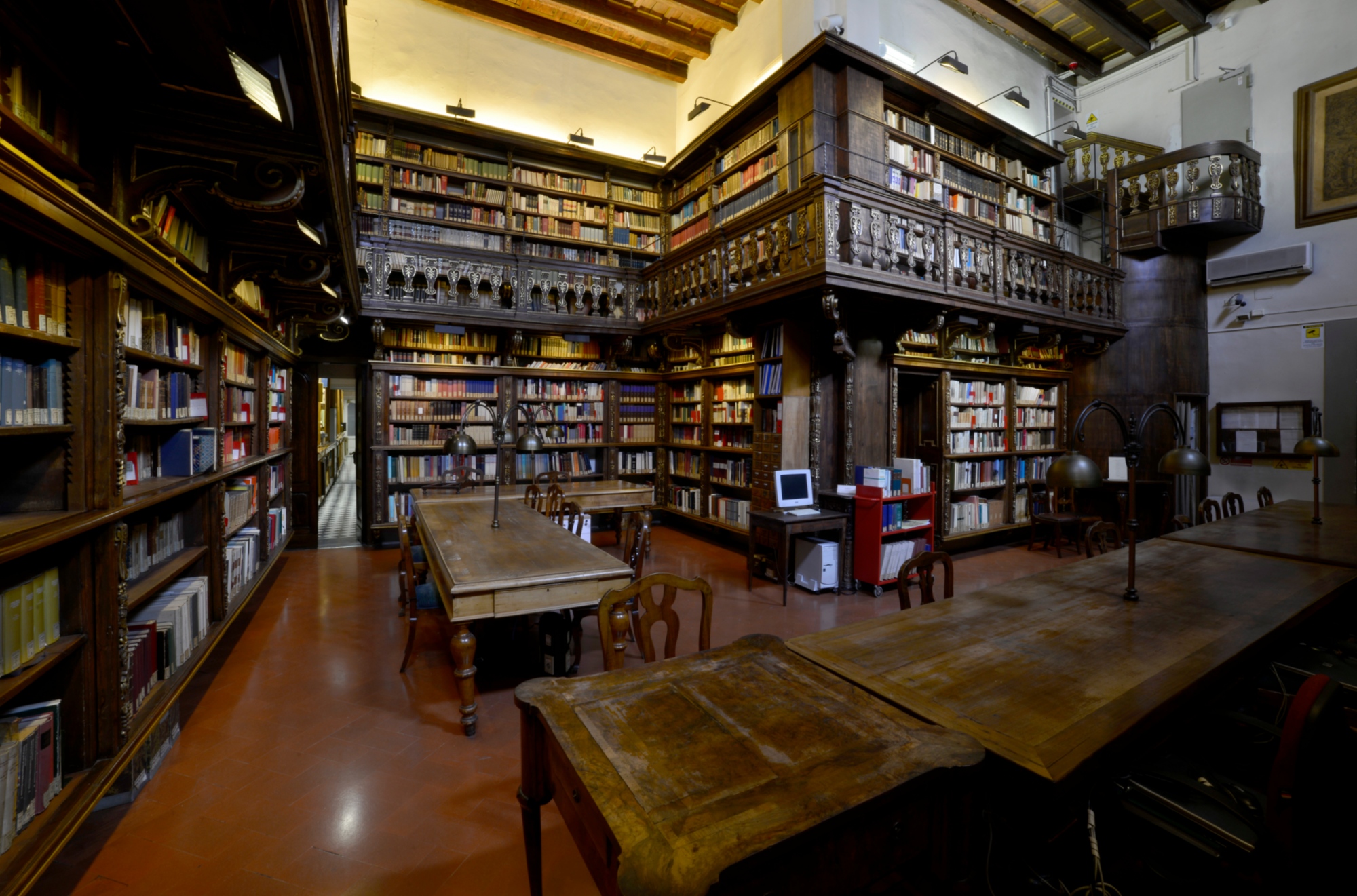
Opened to the public on 18 September 1752 at Via Cavour, the Marucelliana Library was conceived and wanted by abbot Francesco Marucelli and is the result of the donation of his rich personal library.
Unlike other libraries opened in those years, the building that would house it was built from scratch by the abbot's nephew, Alessandro Marucelli, who also contributed to the library's holdings by donating his books. Upon Francesco's death, his nephew undertook the construction of the library, which thus became the first place of culture open to the public in Florence.
In 1783 the collection of drawings and prints put together by the last representative of the family, Francesco di Ruberto, entered the Marucelliana.
Biblioteca Riccardiana
The Biblioteca Riccardiana has its historic seat at Palazzo Medici Riccardi and is specialized in the preservation, enhancement and protection of its collections of manuscripts and rare printed works.
It was Riccardo Romolo, a poet and man of letters, who towards the end of the 16th century gave rise to the collection, thus giving birth to one of the most interesting and valuable Florentine collections.
From the very beginning, great importance was placed not only on the environment but also on the preservation and integrity of the books thanks largely to the foresight of the Riccardi family.
For access and opening hours please check the official website.
Biblioteca della Crusca
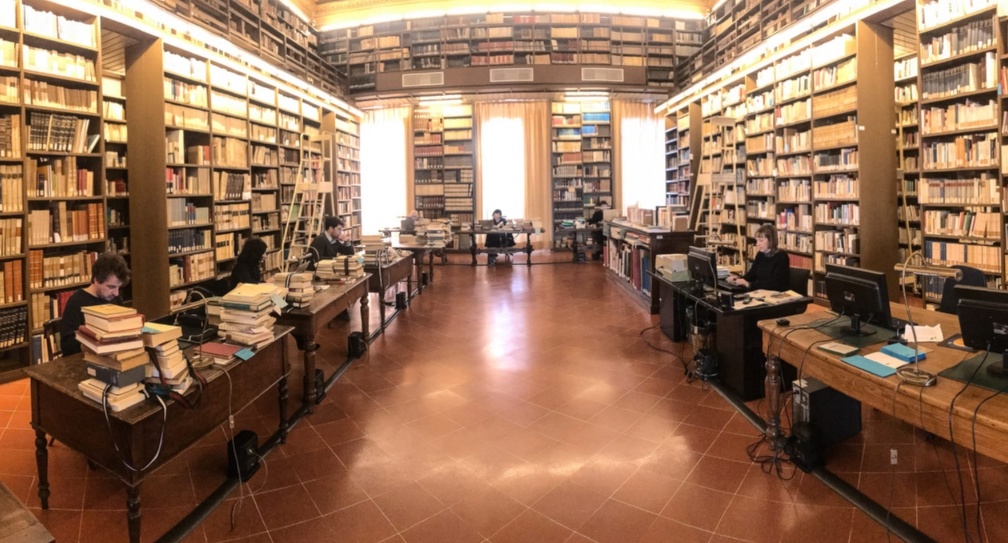
The Biblioteca della Crusca is located in the seat of the prestigious Accademia della Crusca - Villa Medicea di Castello, Florence - and is the only one in Italy specializing in the Italian language and general linguistics.
It consists of a large collection of classical texts and a very rich section of dictionaries, grammars and journals.
This considerable patrimony has come together since the Crusca's earliest years: in fact, the book collections have always been conceived by academics as a necessary tool for their studies.
The institutional birth of the academic Library dates back to the second decade of the nineteenth century, at the time of the Napoleon’s reconstruction of the Academy.
Access to the library is reserved only for certain categories of scholars.
Biblioteca Medicea Laurenziana
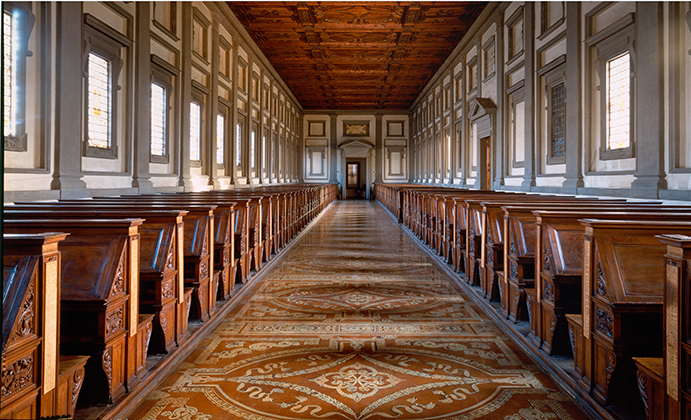
The Biblioteca Medicea Laurenziana is one of the world's most important collections of manuscripts in terms of philological and artistic merit and one of the highest examples of the architecture of Michelangelo Buonarroti, who designed it between 1519 and 1534.
It is accessed from the cloister of the Basilica of San Lorenzo, which is why it is called Laurenziana (Laurentian).
The collected manuscripts belonged to the Medici family of Cosimo the Elder, his sons and grandsons.
The library's holdings reflect some of the most important moments of the Florentine Renaissance.
Biblioteca Vieusseux
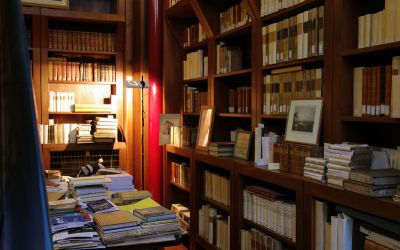
The Gabinetto scientifico-letterario G. P. Vieusseux (Scientific-literary cabinet G. P. Vieusseux) is located today inside Palazzo Strozzi and in the nineteenth century was one of the main bridges between Italian and European culture.
It began as a reading cabinet, where the most important magazines of Europe were available to the public in rooms open to conversation and the exchange of ideas.
The Library was set up next to the Cabinet: personalities such as Giacomo Leopardi and Alessandro Manzoni frequented it during their stays in Florence.
For access and opening hours please check the official website.
Biblioteca di San Marco
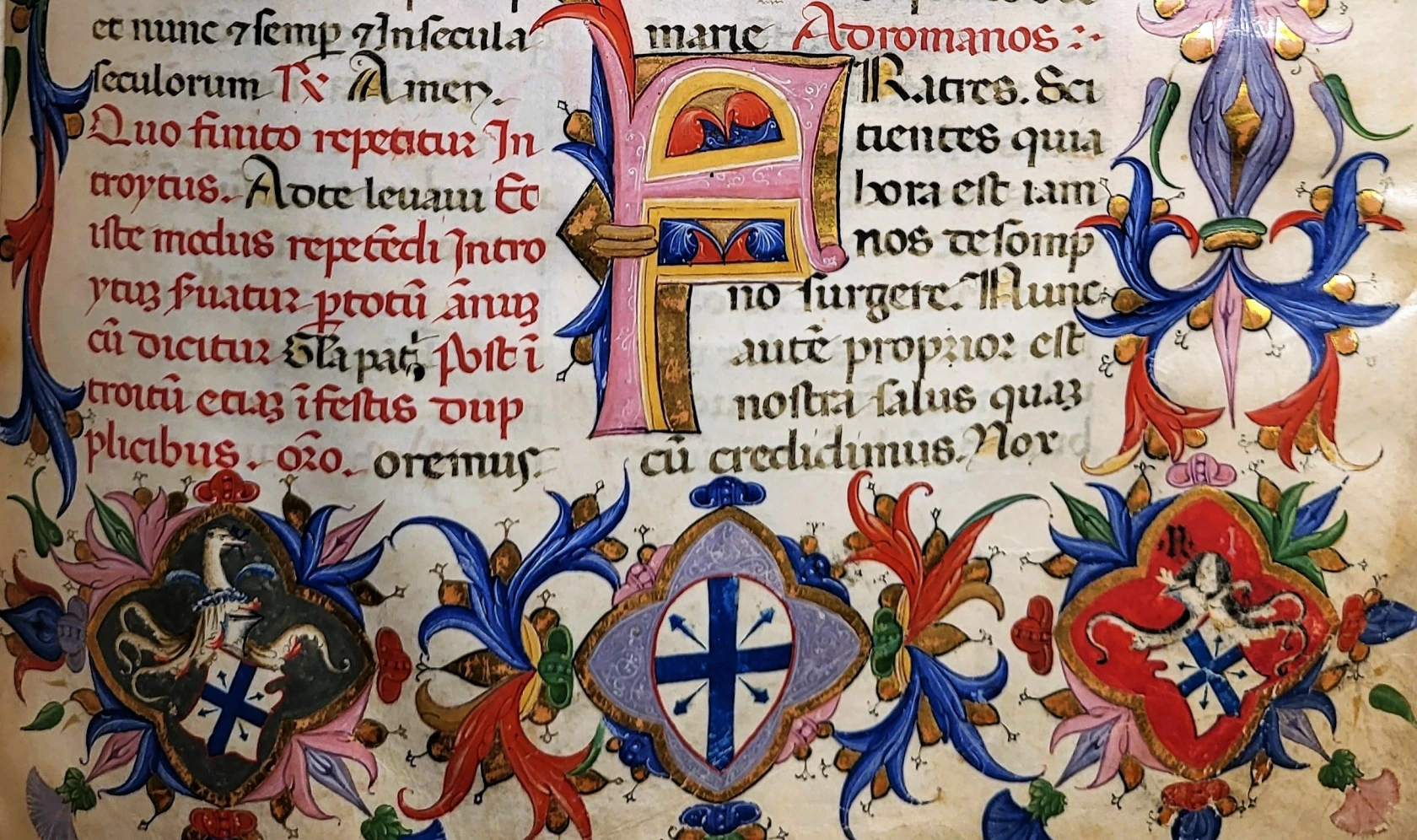
The Biblioteca di San Marco is the brainchild of Cosimo de’ Medici and was built by Michelozzo.
It is the oldest library in Florence and houses rare scientific texts, works of theology and philosophy, and various codices from the Medici collection, including Missal 558 illuminated by Beato Angelico.
The library is located in the San Marco museum complex among columns, arches, vaults and buildings made of pietra serena (a gray stone).
Biblioteca Osservatorio Astrofisico in Arcetri
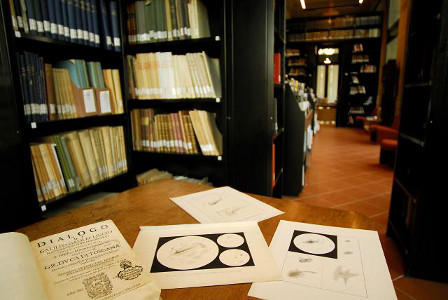
Since 1872 - the year the Observatory was inaugurated - the library was established as a support for astronomical research and over time it became an increasingly important tool, expanding the collections and differentiating the areas of interest.
Sun, formation of new stars and planetary systems, galaxies and black holes, but also advanced technologies and instrumentation make up the collection that currently includes more than 13.000 monographs, more than 900 printed and online journals representing one of the richest in the field in Italy and Europe.
Palagio di Parte Guelfa
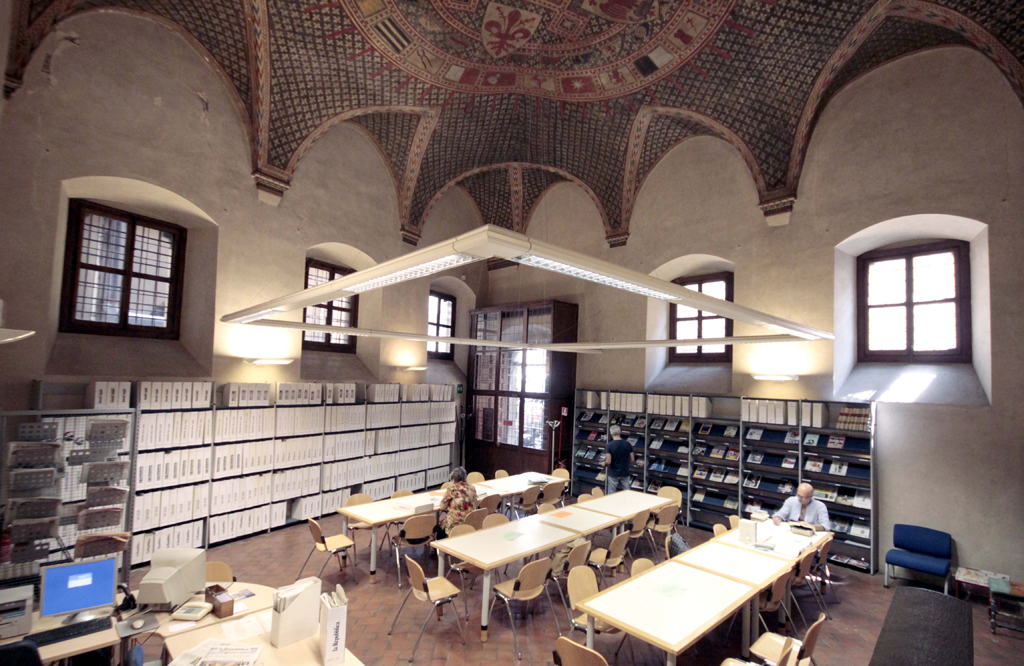
The Biblioteca Palagio di Parte Guelfa (Palagio di Parte Guelfa Library) is located in the heart of Florence, in the most ancient part of town and is housed inside the Church of Santa Maria sopra Porta, which has this name because it stood at the Carolingian city wall known as the Por Santa Maria.
Rebuilt in the mid-13th century, it became the seat of the meetings of the Captains of Parte Guelfa who built their own palace next to it in the mid-14th century.
The foundation of the library dates back to 1907 when it was attached to the Università Popolare (People's University) to carry out a policy of education through reading.













